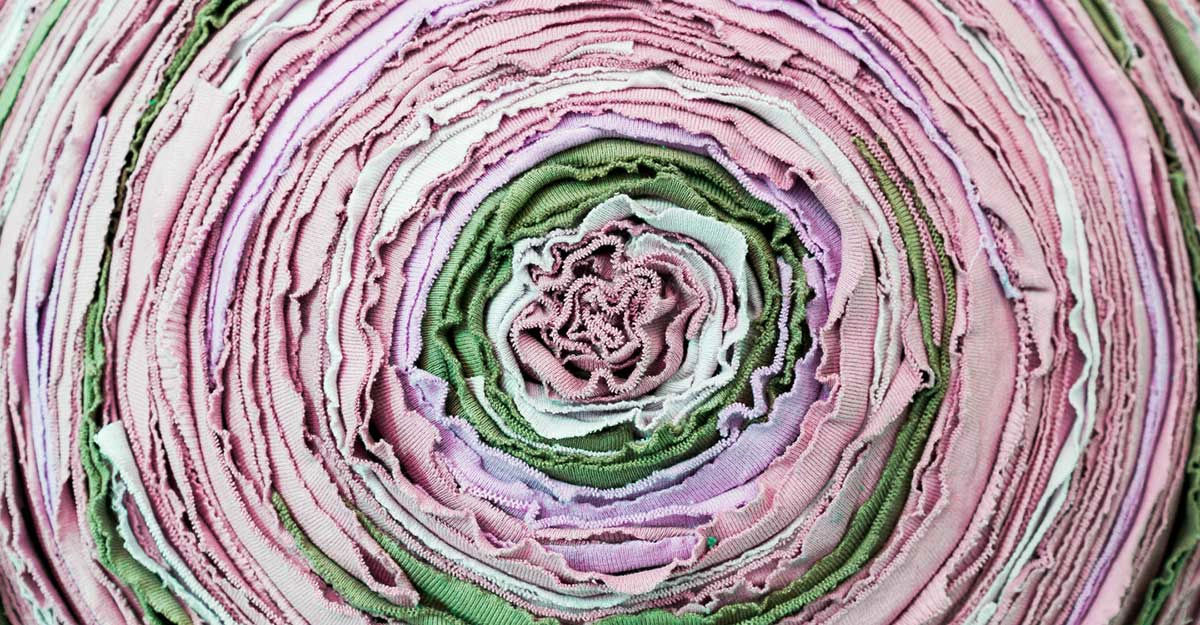Paper and printing
Think of the environmental impact of printing, and no doubt your mental image is one of tottering piles of unread paper. But is paper really as bad as it seems?
Although the recycled stuff is rarely good enough quality for printing, 80% of paper used in the UK printing industry is sourced from sustainable European forests – which are growing by 1,500 football pitches every day.
And while the global print industry is forecast to rise in value from $767.4 billion in 2014 to $862.7 billion by 2024, its output in volume terms is expected to shrink slightly. Printers are already shifting their business models to focus less on volume, and more on higher quality, more personalised products.
Plastic and packaging
As customers increasingly wise up to green issues, pressure on businesses is growing.
According to McKinsey, the plastic and packaging industry is worth $850 billion globally and is predicted to grow by around 3% per year, with ecommerce being a major driver.
So printers are involved in finding more solutions: switching away from plastic towards plant-based, biodegradable and recycled materials. A good example of this is solventless lamination technology – where a computer-controlled unit continuously measures exact amounts of each adhesive component, before mixing and dispensing small quantities of the solventless adhesive into the laminating equipment.
It’s not always a case of plants = good for the environment, though. It depends on where and how they’re grown, and how they’re processed into paper, among other factors.
Nevertheless, manufacturers are thinking creatively, new innovative solutions are emerging, and unnecessary packaging is becoming increasingly unattractive to consumers – especially environmentally conscious Millennials.
And you can expect to see 3D printers switching to metal rather than plastic in the coming years. Although it’s unlikely to completely replace plastic as the go-to material for 3D printers, the implications it could hold for the wider manufacturing industry are something to keep an eye on.
Improvements in ink
So what about ink, which is usually an oil-based product?
Here, health and economic concerns are boosting the drive to go green: as the price of crude oil fluctuates, and as governments tighten laws around potentially harmful products, the print industry is switching to more vegetable-based inks. These emit fewer air pollutants, and are easier to remove from printed paper when it comes to recycling.
And waterless printing is also on the rise. This reduces not only water but also solvents, which emit greenhouse gases.
Equipment and components
There will be fewer multifunction printers in the average workplace but they’ll be higher quality, meaning less resource usage and wastage. Newer technology will reduce energy and ink usage too.
Some companies are also switching to providing on-the-go cloud-based printing services, for example at airports – potentially reducing the need to own a printer at all.
Reuse and recycling
Finally, all good things mustn’t come to an end – they must be recycled or reused.
So many components of the print industry can find new life in other guises, whether it’s by turning aluminium plates into ingots for the motor industry, or ink liquids into ‘cakes’ for use in energy-from-waste facilities.
So when you’re planning your next marketing drive, think long-term – and think sustainable.
Here at Linney, we believe there’s no time to waste when it comes to building a truly sustainable business. Regenerate is our approach – take a look in more detail here.




